Customer data is abundant these days. Some even say it’s overabundant. There is no shortage of ways to find, collect, analyze, and utilize it as part of one’s marketing strategy.
In a way, brands no longer have an excuse to not use it.
And use it they should. More than ever, consumers expect content that is tailored to them. They want something relevant—something relatable. In fact, 80% of them say they are far more likely to buy from businesses who offer them personalized experiences.
This is only possible with data. How can you know what messages will resonate with people when you don’t know who they are? You need to know a person’s context in order to tailor content to them.
One of the best vehicles to deliver this level of personalization is video.
Now, it may seem like video lends itself to less personalization than, say, display ads or written content. You’d think that once a video is shot and edited, that’s the end of it, right?
Not quite.
Thanks to a growing number of tools available today, it’s possible to create and distribute fully dynamic videos with many variations. Coupled with data that is unique to your audience, this allows you to create truly resonant video campaigns delivered at the right time, in the right context—a powerful strategy for any brand marketer.
Let’s take a look at how it’s done.
* * *
Personalize Video Ads for Behavior and Audience Segments
One way to personalize your video ads at scale is based on behavior and context. With tools like YouTube Director Mix (previously Google Vogon), you can take a single video and transform it into hundreds of ad variants for a more data-driven strategy.
For example, one video can be remixed using a wide range of different audio, motion graphics, and messaging to create variations for different audience segments on YouTube. And the more data you have on those segments, the more specific each variation can get.
This is a strategy Campbell’s Soup used to target their "We've got a soup for that" ad campaign. They noticed their demographic audiences happened to love Orange is The New Black, so they ran a pre-roll ad before the show's trailer on YouTube, complete with OITNB-inspired copy:
We’re sure Red wouldn’t appreciate the implication about prison food, but it was super effective. This campaign generated a 55% increase in sales and 24% increase in brand awareness.
They repeated this strategy in different contexts, personalizing ads for people watching various trailers and clips, like this sing-along video from the movie Frozen:
They even targeted a segment of their audience that loves Pokemon Go:
From a single video asset, ads were created for a multitude of different audience segments, from gamers to families and more. They were effective, relevant, and memorable.
That’s the power of personalizing video ads based on behavior and interests.
With this behavior-based strategy, you can scale something that would otherwise require creating dozens of individual videos and spending thousands of dollars on production. And for all of the time and money you’ll save, the impact can still be huge.
* * *
Utilize Demographic Data for More Representative Video Ads
Advertisements and video content are commonplace.
High-quality content that a wide audience can relate to is not.
The world is vast and culturally diverse. Over the past few years, there has been a long-overdue push for better representation across the board. Marketing and advertising have been no exception, especially given that many consumers feel like marketers still aren’t doing enough to tell diverse stories.
Data to the rescue!
Using demographic data, you can create video content that is more representative of your actual real-life customers. While it might not necessarily change the core message of your ads—i.e. “buy this”—understanding who actually makes up your audience will allow you to create something that speaks to more of them on a much more personal level.
Of course, what representation and diversity look like will vary from brand to brand and from audience to audience.
For some, it can mean including children with disabilities when talking about the importance of play in a child’s life—a choice that makes sense considering that one in 20 children in the UK (where the campaign took place) is disabled.
Representation can also mean portraying the many different types of families that exist in real life, which aligns with the fact that interracial marriages are now more common and more people identify as LGBTQ than ever before.
And perhaps most obviously, it can mean more diverse casting to show that people come in all different shapes, sizes, colors, and attitudes:
When looking at demographic data about your customer base, consider how you can use it to make better creative decisions. It can inform everything, from the types of stories you tell to your approach to casting. And it can help determine where the ads are best served to reach specific audience segments.
As with the idea behind using behavior and intent data, the right context here is everything.
* * *
Data Insights Help You Select Channels and Predict Trends
Speaking of distribution, let’s take a step back from video ads and take a look at the various other types of videos you can create to reach your audience.
To get your videos in front of the right audience at the right time, you can use data to determine a lot about your customers’ online habits, including where they typically consume content. It can also give you a sense of how your existing base has found you to begin with so you can double down on your most relevant channels (and perhaps ditch those that are underperforming).
You can start by analyzing your Google Analytics traffic to see what kind of referral traffic you get from, say, social media:
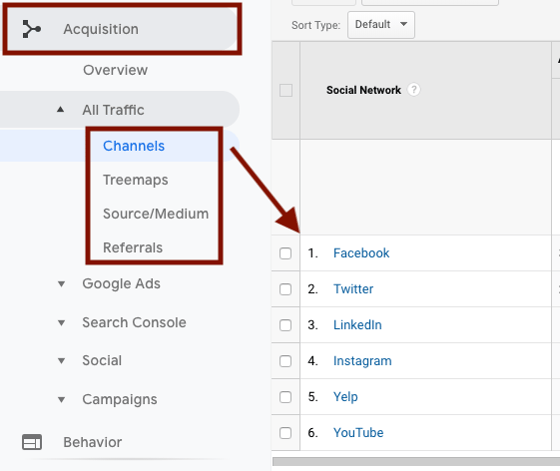
Is LinkedIn a bust for your traffic in general, despite you posting there frequently? You might consider, then, leaving it out of your video strategy so you can focus your time and budget somewhere you know people are more engaged, like Twitter.
Data can also help inform your next steps by predicting trends and even funnel stages.
Can you trace what traffic originally came from video-related content? And which videos have received the most engagement? How much of any given video do people actually watch, and does that correlate to actual sales?
Depending on funnel stage, customers who watch multiple videos all the way through could be close to buying. In that case, you can leverage a powerful case study video as the next step in your video strategy, like this Slack case study from Salesforce:
We’ve talked about this on our blog before: case study videos are an excellent way to sell. But they only work when the timing is right—showing a case study video too early can appear too aggressive and sales-focused.
To avoid this, you can get a better sense of what stage your customers are in based on behavioral signals and strategically deliver different types of video accordingly.
For B2B brands, this works even better if you have data on what types of businesses are engaging with your video content. Much like you might create different videos for different types of individual consumers based on their demographics, behavior, and intent (see: the first half of this post), you can create various videos based on industry for your B2B audience.
* * *
Are You Using Your Data to Improve the User Experience?
Customer data has become a very sensitive subject in the past few years. Understandably, talking about slicing and dicing information you’ve gathered from across the Web to ultimately benefit your business can make folks a little uneasy.
But when used ethically, customer data can help you produce a data-driven video strategy that can also benefit those customers. After all, people state time and time again that they want more personalized experiences from brands—this is how to give it to them.
At the end of the day, video marketing is just as much about making connections as it is about selling your products or services. And when you can take what you know about your customers and use it to create something that really resonates with them on a personal level, you’ll be that much closer to solidifying those connections into lifelong loyalty.
.png?width=250&height=153&name=CSI-OverskiesRebrand_LOGO-01(smaller).png)

.png?width=100&height=61&name=CSI-OverskiesRebrand_LOGO-01(smaller).png)


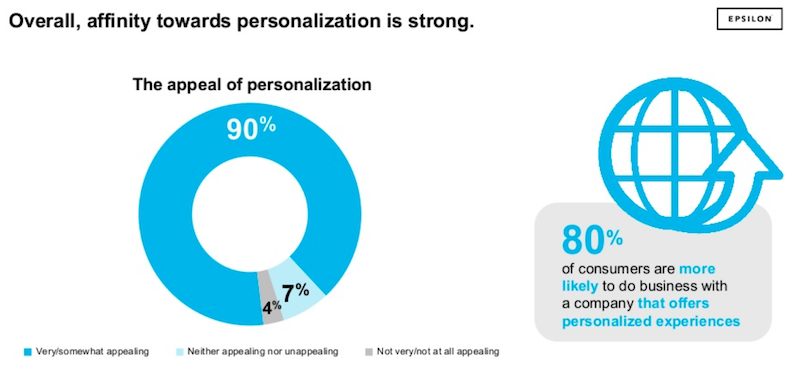
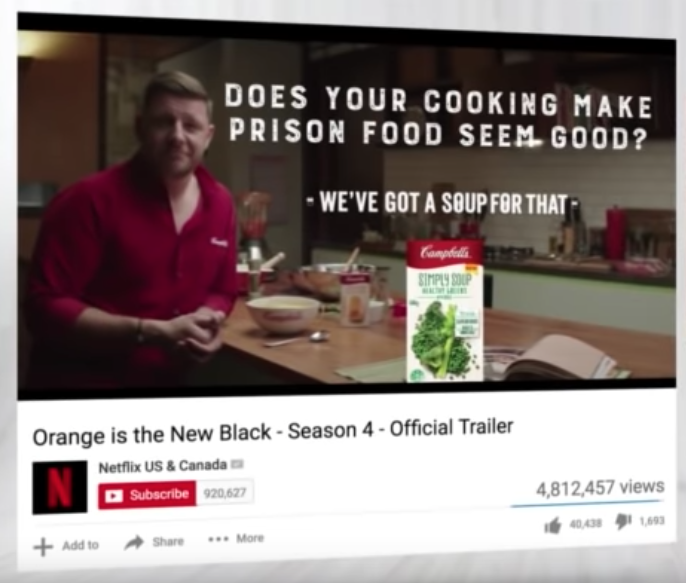
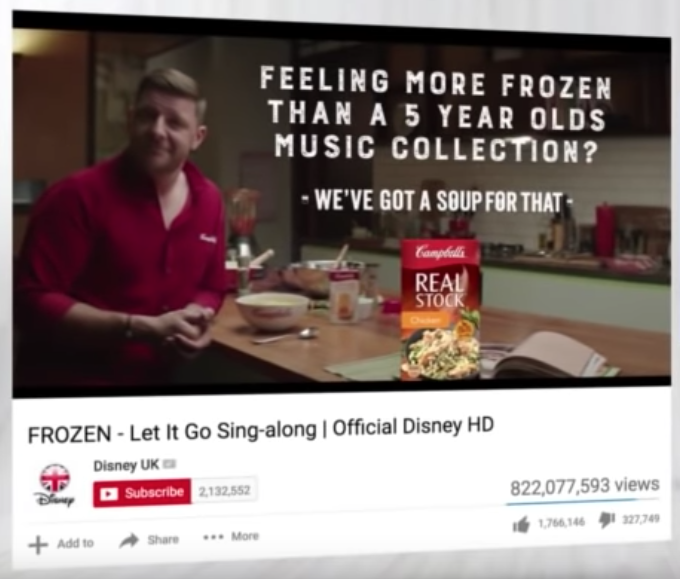
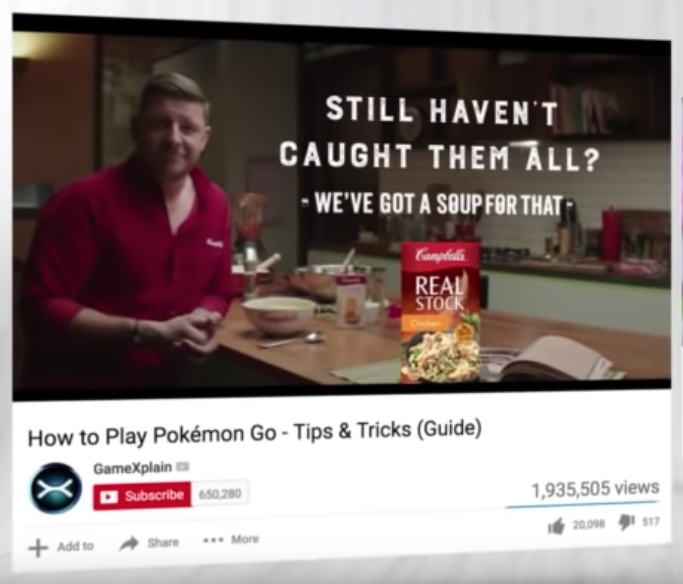
.png?width=88&name=CSI-OverskiesRebrand_LOGO-01(smaller).png)



